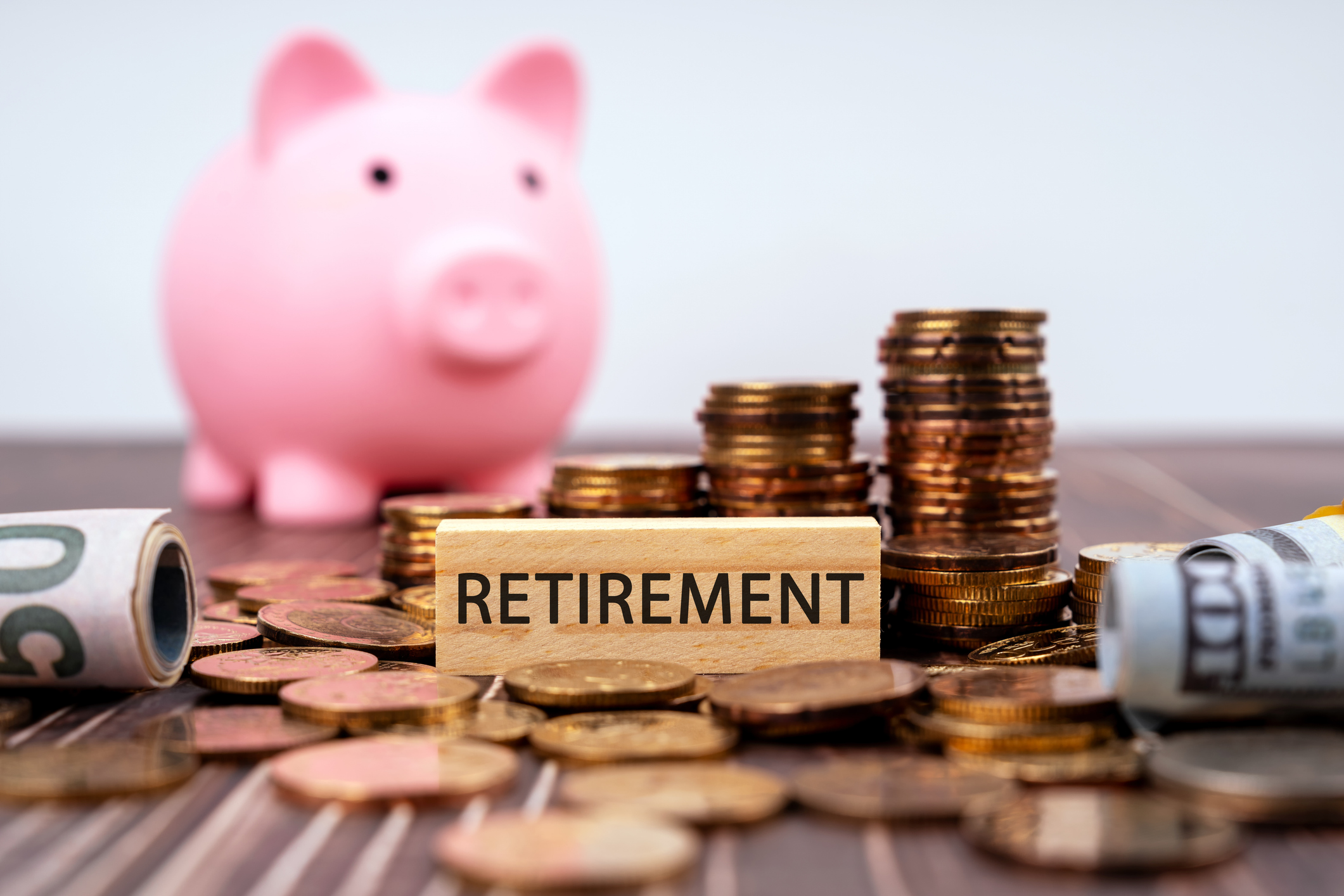Playing a Soft Housing Market
All those kids in their twenties and thirties who are living with their parents will eventually want their own homes.

Stocks of companies that build houses have been languishing. Over the past year, SPDR S&P Homebuilders ETF (symbol XHB), an exchange-traded fund, gained 2.3%, while Standard & Poor’s 500-stock index returned 20.5%. With a gap that wide, the contrarian in me can’t help but wonder whether builder stocks are undervalued. Is there an opportunity for bargain-hunting investors who like to buy what others shun?
Over the past few months, economists and other people who watch the housing market have certainly been growing more pessimistic. New construction is leveling off, prices aren’t rising much, and the supply of homes on the market is increasing. Because real estate is subject to the forces of supply and demand, an abundance of choices for buyers means lower prices.
One reason for the softening market is the increase in mortgage rates over the past year. But a more important reason may simply be that the economy is so weak. Paychecks are stagnating. And although the unemployment rate may have dropped, a big reason is that discouraged Americans have stopped looking for jobs.
From just $107.88 $24.99 for Kiplinger Personal Finance
Become a smarter, better informed investor. Subscribe from just $107.88 $24.99, plus get up to 4 Special Issues

Sign up for Kiplinger’s Free Newsletters
Profit and prosper with the best of expert advice on investing, taxes, retirement, personal finance and more - straight to your e-mail.
Profit and prosper with the best of expert advice - straight to your e-mail.
Typically, housing starts and real estate prices increase as more people start work and build families. Now, it’s not unusual for kids to graduate from college, search for a job for a long time and, even if they find one, continue to live with their parents. Some 21.6 million millennials lived with their parents in 2012 (the most recent year for such statistics), compared with only 18.5 million in 2007.
Roller coaster. Then there’s the housing-price bubble that started the financial crisis in the first place. Home prices have historically increased at just about the same rate as inflation; but from 2000 to 2006, the S&P/Case-Shiller 20-City Composite Home Price index more than doubled, soaring from 100 to 207. Then the bubble popped, and by 2009 the index fell to 139, a loss of about one-third. The index is now at 167.
It’s hard to know whether housing prices are too high, too low or just right. But we can be pretty sure that there’s a lot of pent-up demand. All those kids in their twenties and thirties who are living with their parents will eventually want their own homes. Plus, I think there’s a good chance that Americans won’t stand for 2% economic growth much longer; they will demand growth-enhancing policies, such as tax-rate cuts and trade deals that result in better jobs. Even if we can’t tell what the future holds, we can look at what the prices of home-building stocks imply that it holds. If those prices reflect too much pessimism, then it’s a good time to buy.
Prices of home-building stocks definitely reflect some pessimism. Consider Pulte Group (PHM). In 2005, before the bubble started to deflate the stock, it peaked at $46; it’s now $20 (all prices and returns are as of May 30). Still, Pulte doesn’t seem undervalued. Analysts estimate that the Bloomfield Hills, Mich., company will earn $1.16 per share this year and $1.44 next year. Based on 2015 estimates, the stock’s price-earnings ratio is 14. That’s less than the overall market’s P/E but well above the stock’s average P/E during the glory days. It’s true that when earnings are depressed, P/Es are often higher than normal. But in the case of homebuilders, I don’t think projected 2015 earnings are all that low.
Another example: KB Home (KBH), a large Los Angeles–based builder, which made a profit in 2013 after six straight years of losses. Its stock has fallen by about one-fourth from its recent peak, in June 2013, and by some 80% from its record high, in 2005. But again, if analysts’ projections are right, KB, at $16, trades at 11 times estimated earnings for the fiscal year that ends in November 2015. That’s not cheap enough to entice me.
All of the major home-building stocks are in the same boat: They carry relatively high valuations based on expected 2015 earnings. If share prices do fall a lot further—say, by one-third or more—then my favorite building stock is Toll Brothers (TOL), which, at $36, trades at 16 times estimated profits for the year that ends in October 2015. Toll is a class act, with a good balance sheet and strong leadership.
Limited opportunities. It’s possible that the analysts—like the economists and other housing mavens—are too gloomy. Even so, it’s hard to see much appreciation potential in homebuilders today unless the Case-Shiller index shoots past 180 in the next few months. And if that happens, we are probably in another bubble.
Still, I do want to offer one homebuilder stock to buy now, Beazer Homes USA (BZH). At $20, the stock has lost more than 95% since its heyday, so the potential is great. But it is also very risky. The Atlanta-based company carries so much debt that it has to dip into its cash balances to pay interest. However, Beazer, which lost money every year from 2007 through 2013, is surging back into the black, and it will benefit if the market recovers spectacularly and housing starts surge to their pre-recession levels. Buy the stock knowing that you could lose your entire investment—or perhaps quadruple it.
Also consider a new kind of public company that buys houses (many of them foreclosures), renovates them and then rents them out. Rentals will look even better if interest rates rise. American Homes 4 Rent (AMH), launched in 2011, went public last year and now owns more than 25,000 houses in 22 states. It’s structured as a real estate investment trust, which means the Agoura Hills, Cal., company must distribute nearly all of its profits to shareholders as dividends. At $18, the current yield is only 1.1%, but as profits rise, you can expect dividends—and the share price—to climb.
American Homes lost money in its first three years, but analysts estimate that funds from operations will be 60 cents per share this year and 93 cents in 2015 (akin to cash flow, FFO is the REIT industry’s preferred measure of profits). The stock’s price—19 times estimated 2015 profits—seems high. But unlike homebuilders, American Homes’ revenues and earnings are growing swiftly. Like Beazer, it’s risky but worth considering.
Another good way to play the housing market is to invest in home-improvement stocks, a strategy I recommended in my December 2011 column. Two picks, Home Depot (HD) and Lowe’s (LOW), roughly doubled in two-and-a-half years. But, incredibly enough, they are still worth buying.
Home Depot’s revenues should reach some $83 billion in the fiscal year that ends next January, up from $68 billion in the year that ended in January 2011. Over the same period, earnings are forecast to more than double, to $4.42 per share. The stock, at $80, boasts a P/E of 18. That is perfectly reasonable for a business that is expected to deliver annual profit growth of 15% over the next three years. The story is similar for Lowe’s, but I prefer Home Depot, mainly because of its higher dividend yield of 2.3%. The company has raised its payout sharply in recent years. It’s now up to $1.88 annually, or nearly twice the dividend of 2010 and nine times that of 2002.
When I started researching homebuilders for this article, I was nearly certain that it was time to start buying them, that the pessimism was overdone. That isn’t the case, at least not yet. But there are other ways to profit from the fact that everyone has to live somewhere.
James K. Glassman is a visiting fellow at the American Enterprise Institute. His most recent book is Safety Net: The Strategy for De-Risking Your Investments in a Time of Turbulence. He owns none of the stocks mentioned.
Profit and prosper with the best of Kiplinger's advice on investing, taxes, retirement, personal finance and much more. Delivered daily. Enter your email in the box and click Sign Me Up.

-
 Your Guide to Buying Art Online
Your Guide to Buying Art OnlineFrom virtual galleries to social media platforms, the internet offers plenty of places to shop for paintings, sculptures and other artwork without breaking the bank.
-
 Samsung Galaxy S25 Ultra for $4.99 a Month: A Closer Look at Verizon’s Deal
Samsung Galaxy S25 Ultra for $4.99 a Month: A Closer Look at Verizon’s DealVerizon’s aggressive pricing makes Samsung’s top-tier phone tempting, but the real cost depends on your plan and how long you stay.
-
 I'm 59 with $1.7 million saved and lost my job. Should I retire?
I'm 59 with $1.7 million saved and lost my job. Should I retire?We asked professional wealth planners for advice.
-
 What Fed Rate Cuts Mean For Fixed-Income Investors
What Fed Rate Cuts Mean For Fixed-Income InvestorsThe Fed's rate-cutting campaign has the fixed-income market set for an encore of Q4 2024.
-
 The Most Tax-Friendly States for Investing in 2025 (Hint: There Are Two)
The Most Tax-Friendly States for Investing in 2025 (Hint: There Are Two)State Taxes Living in one of these places could lower your 2025 investment taxes — especially if you invest in real estate.
-
 The Final Countdown for Retirees with Investment Income
The Final Countdown for Retirees with Investment IncomeRetirement Tax Don’t assume Social Security withholding is enough. Some retirement income may require a quarterly estimated tax payment by the September 15 deadline.
-
 How Inflation, Deflation and Other 'Flations' Impact Your Stock Portfolio
How Inflation, Deflation and Other 'Flations' Impact Your Stock PortfolioThere are five different types of "flations" that not only impact the economy, but also your investment returns. Here's how to adjust your portfolio for each one.
-
 Why I Still Won't Buy Gold: Glassman
Why I Still Won't Buy Gold: GlassmanOne reason I won't buy gold is because while stocks rise briskly over time – not every month or year, but certainly every decade – gold does not.
-
 Should You Use a 25x4 Portfolio Allocation?
Should You Use a 25x4 Portfolio Allocation?The 25x4 portfolio is supposed to be the new 60/40. Should you bite?
-
 Retirement Income Funds to Keep Cash Flowing In Your Golden Years
Retirement Income Funds to Keep Cash Flowing In Your Golden YearsRetirement income funds are designed to generate a reliable cash payout for retirees. Here are a few we like.
-
 10 2024 Stock Picks From An Investing Expert
10 2024 Stock Picks From An Investing ExpertThese 2024 stock picks have the potential to beat the market over the next 12 months.